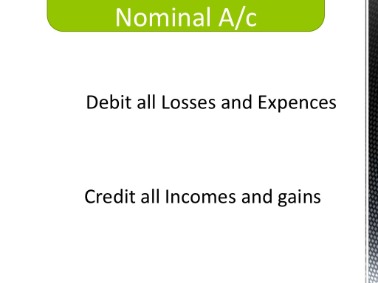Financial Statements Financial Accounting
- Posted by Admin Surya Wijaya Triindo
- On December 31, 2020
- 0

These transactions also include wages, income tax payments, interest payments, rent, and cash receipts from the sale of a product or service. Below is a portion of ExxonMobil Corporation’s income statement for fiscal year 2023, reported as of Dec. 31, 2023. This section includes activities like raising new capital, paying off debt, and paying dividends. Don’t add any other types of income here, such as income from rent or interest — that’s not revenue.
- Financial statements are compiled in a specific order because information from one statement carries over to the next statement.
- The statement of stockholders’ equity, or the statement of changes in equity, shows the changes in the components of stockholders’ equity over a specified period.
- Financial statement analysis is the process of examining and interpreting a company’s financial statements to assess its financial health and performance.
- Financial statements are the ticket to the external evaluation of a company’s financial performance.
- Read the statement, address any discrepancies, and use it to understand your business’s financial health better.
- Arjun has since written for investment firms, consultants, and SaaS brands in the Accounting and Finance space.
When analyzing financial statements, it’s important to compare multiple periods to determine any trends and compare the company’s results to its peers in the same industry. This report tracks the changes in operation over time, including the reporting of donations, grants, event revenue, and expenses to make everything happen. Operating revenue is the revenue earned by selling a company’s products or services. The operating revenue for an auto manufacturer would be realized through the production and sale of autos. Operating revenue is generated from the core business activities of a company.
Why You Can Trust Finance Strategists

Your financial statements help you assess your business’s financial health, and there are a few red flags that can indicate trouble. Learning to spot these red flags early on can help you make smarter financial decisions for your business. In a multi-step income statement, you first find your gross profit and then your operating income for a period of time. Financial statements are important because they let stakeholders, like shareholders, creditors, and regulators, understand a company’s overall financial performance and health. Public companies are required to publish their financial statements in an annual report. Examples of accounts that often require an adjustment include wages payable, accumulated depreciation and prepaid office supplies.
Example of an Income Statement
One way of explaining the balance sheet is that it includes everything that doesn’t go on the income statement. The balance sheet lists all the assets and liabilities of the business. For example, assets include cash, accounts receivable, property, equipment, office supplies and prepaid rent. Liabilities include accounts payable, notes payable, any long-term debt the business has and taxes payable. Not all financial statements are created according to the same accounting rules. The rules used by U.S. companies are called Generally Accepted Accounting Principles, while the rules often used by international companies are International Financial Reporting Standards (IFRS).
Now that you know all about the four basic financial statements, read on to learn what financial statement is prepared first. If your statement of retained earnings is positive, you have extra money to pay off debts or purchase additional assets. Or, you can add your retained earnings statement to your balance sheet. Current assets are items of value that can convert into cash within one year (e.g., checking account). Noncurrent assets are items of value that take more than one year to convert into cash.
Statement of Financial Position
Use your net profit or loss from the income statement to prepare this next statement. After you gather information about the net profit or loss, you can see your total retained earnings and, if applicable, how much you will pay to investors. Last but not least, use all of your financial data from your other three statements to create your cash flow statement. Your cash flow statement shows you how cash has changed in your revenue, expense, asset, liability, and equity accounts during the accounting period. GAAP is a set of accounting standards and guidelines used in the United States. These principles provide a framework for financial statement preparation and ensure that financial project budget and expense tracking template statements are consistent, reliable, and comparable.
It’s the statement that lists the revenues and expenses for the business for a specific period. Revenues are listed first, and then the company’s expenses are listed and subtracted. As you foreign exchange gain know by now, the income statement breaks down all of your company’s revenues and expenses.
Understanding the Balance Sheet
The statement of cash flows shows the cash inflows and outflows for a company over a period of time. The key components of financial statement preparation include the balance sheet, income statement, statement of cash flows, and statement of stockholders’ equity. These components provide a comprehensive view of a company’s financial position, performance, cash 33 ways to meet credit card minimum spend requirements flows, and changes in equity.



0 comments on Financial Statements Financial Accounting